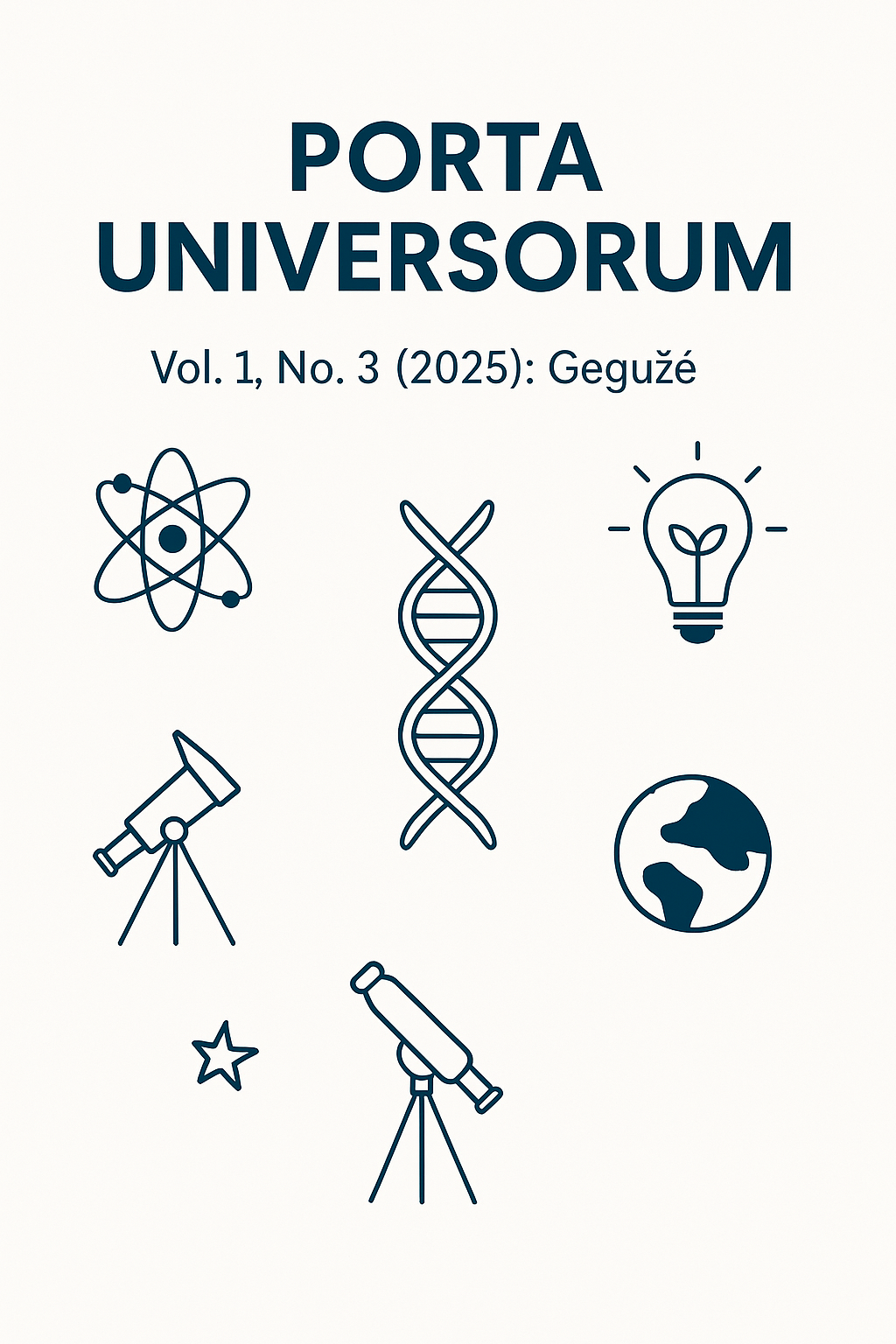A Comprehensive Examination of Full English Immersion in Language Education
DOI:
https://doi.org/10.69760/portuni.010307Keywords:
full English immersion, language acquisition, contextual learning, bilingual education, language exposureAbstract
This article explores the core principles and educational outcomes of full English immersion, an instructional model that prioritizes the exclusive use of English in classroom communication. Rooted in the belief that language is best acquired through natural, context-rich exposure, full immersion fosters authentic language use across all four skills—listening, speaking, reading, and writing. The method encourages learners to think in English rather than translate, thus promoting fluency, spontaneity, and cognitive flexibility. In addition to linguistic gains, immersion enhances cultural competence by integrating elements of English-speaking cultures into instruction. Drawing on recent research, this paper outlines the cognitive, academic, and sociolinguistic benefits of full immersion, including improved problem-solving skills, higher academic performance, and more accurate language production. However, it also identifies persistent challenges such as the scarcity of qualified teachers, the difficulty of maintaining immersion environments in upper grades, and the limited attainment of native-like proficiency among some learners. The paper argues that while immersion is highly effective, its success depends on well-structured curricula, sustained exposure, and support tailored to learner diversity. Ultimately, full English immersion prepares students not only for academic achievement but also for real-world communication in global contexts.
References
Brown, H. D. (2007). Principles of language learning and teaching. Pearson Education.
Brown, H. D. (2007). Teaching by principles: An interactive approach to language pedagogy. Pearson Education.
Cammarata, L., & Tedick, D. J. (2012). Balancing content and language in instruction: The experience of immersion teachers. The Modern Language Journal, 96(2), 251-269.
Canale, M., & Swain, M. (1980). Theoretical bases of communicative approaches to second language teaching and testing. Applied Linguistics, 1(1), 1–47.
Carless, D. (2002). Implementing task-based learning with young learners. ELT Journal, 56(4), 389–396.
Cook, V. (2016). Second language learning and language teaching. Routledge.
Cummins, J. (2000). Immersion education for the millennium: What we have learned from 30 years of research on second language immersion.
Demircan, Ö. (2013). Yabancı dil öğretim yöntemleri. Der Yayınları.
Ellis, R. (1994). The study of second language acquisition. Oxford University Press.
Ismayilli, T. M. (2023). A cognitive perspective on the delivery of affirmation in stylistic devices in English. German International Journal of Modern Science, (68).
Ismayilli, T., Mammadova, K., Ibrahimli, N., & Heyderova, N. (2025). Confirmation gestures, mimics and their effects on foreign language learning: Examples of EFL students. Pegem Journal of Education and Instruction, 15(3), 112–120.
Jackson, F. J. (2008). The comparison of reading comprehension using dual language, full immersion, and sheltered English immersion instructional programs for Navajo students. Arizona State University.
Kapranov, O. (2025). DISCOURSE MARKERS IN KEIR STARMER’S SPEECHES ON CLIMATE CHANGE. Studies in Linguistics, Culture and FLT, 8.
Walker, C. L., & Tedick, D. J. (2000). The complexity of immersion education: Teachers address the issues. The Modern Language Journal, 84(1), 5-27.
Downloads
Published
Issue
Section
License
Copyright (c) 2025 Porta Universorum

This work is licensed under a Creative Commons Attribution-NonCommercial 4.0 International License.
License Terms
All articles published in Porta Universorum are licensed under the Creative Commons Attribution–NonCommercial 4.0 International License (CC BY-NC 4.0). This license permits:
-
Sharing (copying and redistributing the material in any medium or format),
-
Adapting (remixing, transforming, and building upon the material),
-
for non-commercial purposes only,
-
with proper attribution to the original author(s) and source.
Commercial use of the material is not permitted without prior written permission from the publisher.




